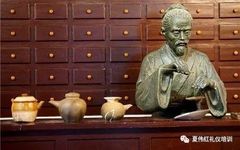Today,with the continuous improvement of medical standards,many diseases can be accurately diagnosed、and cured,but in ancient times,due to limited medical conditions,it was difficult for people to obtain scientific treatment,which is also why ancient people had shorter lifespans。However,from the perspective of medical development,although ancient medical techniques were not as advanced as today’s medical technology,they made significant contributions to the development of human civilization,leaving behind valuable wealth in terms of medical theory、the construction of medical systems, and medical experience for future generations,and laid the foundation for the development of modern medicine throughout the long river of history。In this issue of A Discussion on Ancient Medical Techniques,we will delve into ancient medical practices,to understand the profound culture and knowledge of Traditional Chinese Medicine (TCM)。
In ancient times, besides the well-known Daoism, Confucianism, Legalism, Mohism, and Yin-Yang school, there were also the medical practitioners. Like other schools of thought, the medical practitioners also have their roots in Daoism, as they are fundamentally based on the Daoist principle of natural law, emphasizing virtue and self-cultivation, and valuing life preservation. These theories gave rise to ancient Chinese medical techniques, including Bian (Bian stone therapy), acupuncture, moxibustion, herbal medicine, Tui Na (Chinese therapeutic massage), and Daoyin (guiding and stretching exercises).
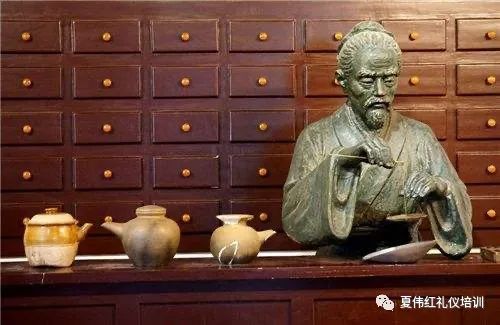
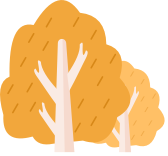
Bian Stone Therapy
 Bian stones are not unfamiliar; as early as the Paleolithic era, our ancestors, lacking pharmacological knowledge, would grab heated stones from the fire to apply heat and scrape their bodies when feeling unwell. They gradually discovered that certain special stones had therapeutic effects on ailments, which were eventually summarized into the essence of TCM—Bian therapy.This involves tapping, rubbing, and scraping certain parts of the body and acupuncture points to relieve pain and treat diseases.
Bian stones are not unfamiliar; as early as the Paleolithic era, our ancestors, lacking pharmacological knowledge, would grab heated stones from the fire to apply heat and scrape their bodies when feeling unwell. They gradually discovered that certain special stones had therapeutic effects on ailments, which were eventually summarized into the essence of TCM—Bian therapy.This involves tapping, rubbing, and scraping certain parts of the body and acupuncture points to relieve pain and treat diseases.
“Bian stones treat diseases, neither needles nor moxibustion. People have long mistaken Bian for needles, which is a long-standing error.”This indicates that Bian stone therapy does not require the pain of piercing the body to eliminate the disease. Scholar Yan Shigu of the Tang Dynasty stated: “In ancient times, there were Bian stones for treating diseases, but now this technique has been lost.” This shows that Bian stone therapy had already been lost before the Tang Dynasty. Depending on the different diseases and techniques, modern Bian stones come in various shapes for different uses, with the most common Bian tools being Bian boards, Bian sickles, Bian cones, Bian blocks, Bian combs, Bian knives, and Bian needles. Generally, Bian stones have better effects when they directly contact the skin; some people fix Bian stones on acupuncture points (such as Baihui (Hundred Meetings) point) to quickly calm the mind and fall asleep. Others hang Bian stones on the Xuan Zhong (Middle of the Chest) point to alleviate palpitations.
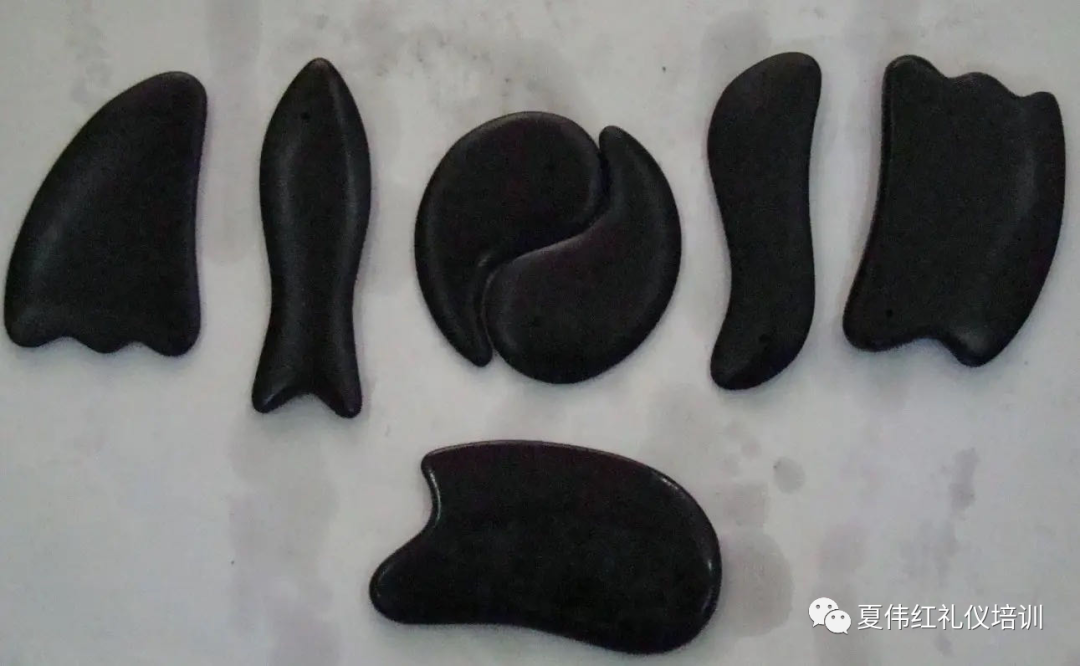

Acupuncture Therapy
 “Acupuncture” refers to the practice of inserting needles into acupuncture points to treat diseases. It is based on the principle of “tonifying the deficient and draining the excess,” and after inserting the needle, techniques such as tonification, draining, and balancing are used to achieve the body’s self-regulatory response. Common acupuncture therapies include needling, moxibustion, and other needle techniques.
“Acupuncture” refers to the practice of inserting needles into acupuncture points to treat diseases. It is based on the principle of “tonifying the deficient and draining the excess,” and after inserting the needle, techniques such as tonification, draining, and balancing are used to achieve the body’s self-regulatory response. Common acupuncture therapies include needling, moxibustion, and other needle techniques.
The Huangdi Neijing describes the specific forms of the ancient “Nine Needles”:1. Round needle (cylindrical body, oval head) mainly used for massaging acupuncture points; 2. Sharp needle (round body, three-edged tip, sharp edge) used for bloodletting; 3. Round and sharp needle (slightly thicker body, round and sharp tip) used for urgent needling; 4. Chuan needle (bulbous head and sharp tip, arrow-like) suitable for shallow needling; 5. Fine needle (thin body, like fine hair) widely used; 6. Thick needle (thicker body, slightly blunt tip) used for pressing; 7. Beryllium needle (sword-like body with edges) used for incision and pus drainage; 8. Large needle (thicker body, slightly round tip) sometimes used for treating joint diseases; 9. Long needle (the longest among the nine, about 20 cm) used for needling thick muscle. From these needle tools, it can be seen that early acupuncture practitioners in China had close ties with surgery.
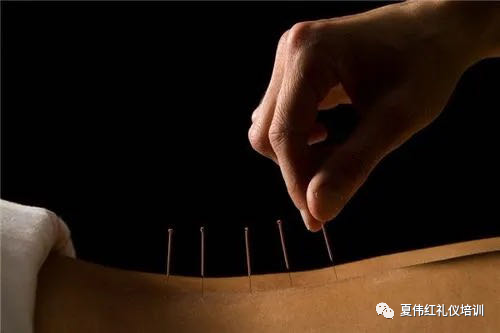

Moxibustion Therapy
 Moxibustion therapy involves using mugwort (a type of herb) to create moxa sticks or cones, which are ignited and applied to specific acupuncture points on the body to provide warmth and stimulate the body, thereby preventing diseases. According to ancient records, people once used eight different types of wood, including pine, cypress, bamboo, elm, mulberry, and jujube, to ignite and roast certain parts of the body to treat various diseases (known as “Eight Woods Moxibustion”). Later, this was replaced by using mugwort leaves, and this method has been passed down to what we now know as moxibustion.
Moxibustion therapy involves using mugwort (a type of herb) to create moxa sticks or cones, which are ignited and applied to specific acupuncture points on the body to provide warmth and stimulate the body, thereby preventing diseases. According to ancient records, people once used eight different types of wood, including pine, cypress, bamboo, elm, mulberry, and jujube, to ignite and roast certain parts of the body to treat various diseases (known as “Eight Woods Moxibustion”). Later, this was replaced by using mugwort leaves, and this method has been passed down to what we now know as moxibustion.
In the Dream Pool Essays by Shen Kuo of the Song Dynasty, it was recorded, “Using moxa to burn the sheep’s femur, observing its signs, is called dead bone burning.”This proves that before the Yin and Shang dynasties, moxa was already used as fuel in China. Mencius also recorded that moxibustion therapy had already taken on a preliminary form during the Spring and Autumn and Warring States periods.
Moxibustion therapy has a long history, and throughout history, medical practitioners and the working class have accumulated a wealth of experience in moxibustion therapy while struggling against various ailments in their lives. During the Tang Dynasty, Sun Simiao proposed the idea of using moxibustion to prevent infectious diseases, thus opening up a new realm for the use of moxibustion instruments. Moxibustion then became an independent discipline, and professional moxibustion practitioners began to emerge. By the Yuan and Song dynasties, acupuncture and moxibustion specialties began to appear in medical institutions, and official moxibustion institutions started to emerge. The Ming Dynasty was a peak period for the development of acupuncture and moxibustion therapy, with various texts beginning to be published, and moxibustion becoming increasingly diverse, with medicinal substances added to the moxa in moxa sticks for enhanced effects. By the late Ming and early Qing dynasties, due to social turmoil, the development of moxibustion therapy entered a stagnation period, but due to its low cost and significant efficacy, it continued to be passed down among the people. Today, with the advancement of technology, more and more people are becoming enthusiastic about TCM treatments, and the preventive and therapeutic effects of moxibustion therapy for various ailments are continuously being discovered.
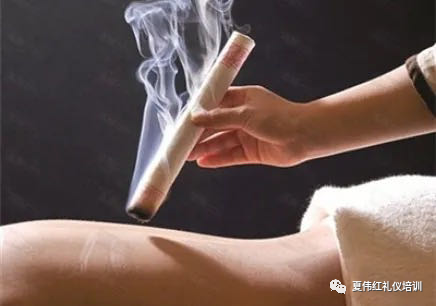

Herbal Therapy
 Herbal therapy refers to the use of medicinal herbs, which in ancient times were not distinguished from food, hence the saying“medicinal and food share the same source,” treating diseases with herbal decoctions, using various Chinese herbs in combinations or making them into patent medicines for related treatments, is also one of the most common treatment methods in modern TCM.Additionally, the forms of Chinese medicine include decoctions, powders, pills, and ointments. Most Tibetan medicine prescriptions use compound formulas, with a few containing three to five herbs, while others can exceed a hundred herbs, generally composed of more than ten herbs. In a formula, there is usually one herb that plays the main therapeutic role, known as the monarch herb, while others assist, referred to as minister herbs, assistant herbs, and envoy herbs. In the formula, various herbs work together to enhance each other’s effects while also counteracting and complementing each other, thereby reducing the toxic side effects of certain toxic herbs.
Herbal therapy refers to the use of medicinal herbs, which in ancient times were not distinguished from food, hence the saying“medicinal and food share the same source,” treating diseases with herbal decoctions, using various Chinese herbs in combinations or making them into patent medicines for related treatments, is also one of the most common treatment methods in modern TCM.Additionally, the forms of Chinese medicine include decoctions, powders, pills, and ointments. Most Tibetan medicine prescriptions use compound formulas, with a few containing three to five herbs, while others can exceed a hundred herbs, generally composed of more than ten herbs. In a formula, there is usually one herb that plays the main therapeutic role, known as the monarch herb, while others assist, referred to as minister herbs, assistant herbs, and envoy herbs. In the formula, various herbs work together to enhance each other’s effects while also counteracting and complementing each other, thereby reducing the toxic side effects of certain toxic herbs.
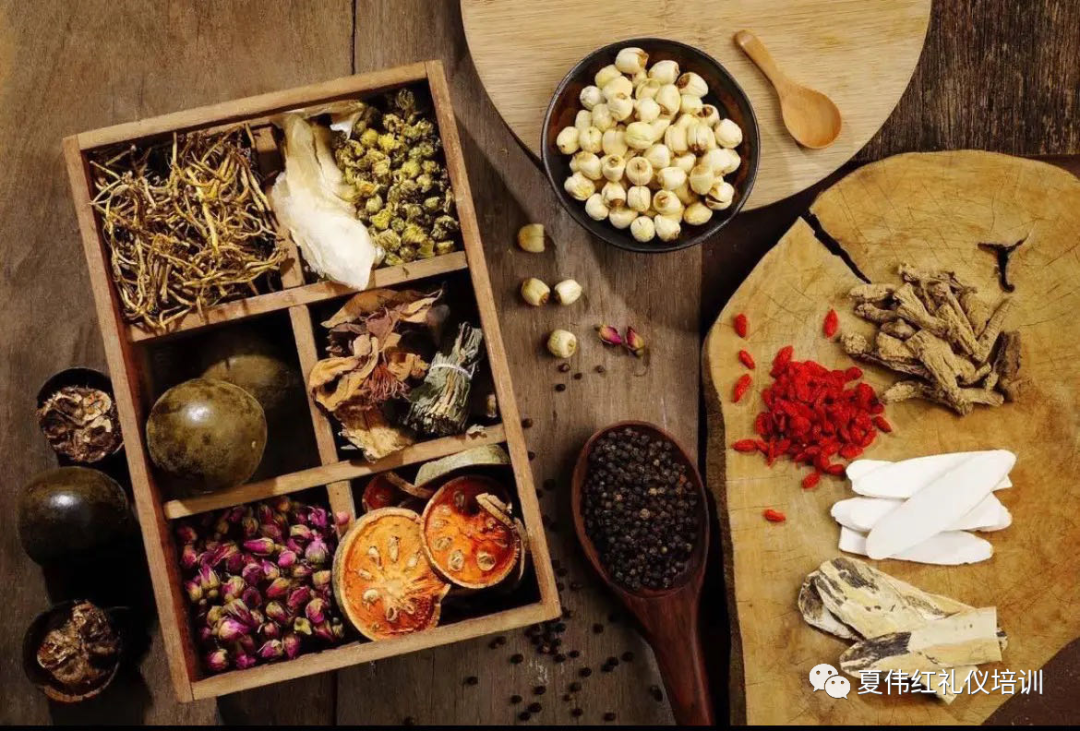

Daoyin and Tui Na
 Daoyin, also known as “Dao Yin,” means “to guide the qi and harmonize the body, making it flexible.” The Huangdi Neijing states: “The central region is flat and moist, and the earth gives birth to all things. Its people eat mixed foods without labor, hence they suffer from many diseases such as atrophy, cold, and heat. Therefore, treatment should involve Daoyin and Tui Na, which also originates from the central region.” Daoyin is one of the main treatment methods in early TCM, with its connotation being guidance, and its external treatment form being Tui Na. This is a therapy that uses finger pressure on acupuncture points to achieve therapeutic and health-preserving effects. Daoyin has been used in China for health preservation and treatment for over 5,000 years. The silk paintings of Daoyin found in the Mawangdui Han tombs in the 1970s and the bamboo slips of the Yin Shu unearthed in Zhangjiashan in the 1980s are currently the earliest existing works on Daoyin therapy in China.
Daoyin, also known as “Dao Yin,” means “to guide the qi and harmonize the body, making it flexible.” The Huangdi Neijing states: “The central region is flat and moist, and the earth gives birth to all things. Its people eat mixed foods without labor, hence they suffer from many diseases such as atrophy, cold, and heat. Therefore, treatment should involve Daoyin and Tui Na, which also originates from the central region.” Daoyin is one of the main treatment methods in early TCM, with its connotation being guidance, and its external treatment form being Tui Na. This is a therapy that uses finger pressure on acupuncture points to achieve therapeutic and health-preserving effects. Daoyin has been used in China for health preservation and treatment for over 5,000 years. The silk paintings of Daoyin found in the Mawangdui Han tombs in the 1970s and the bamboo slips of the Yin Shu unearthed in Zhangjiashan in the 1980s are currently the earliest existing works on Daoyin therapy in China.
The essence of TCM treatment is “treating people with people,” and to achieve good therapeutic effects, it emphasizes the personal qualities and abilities of the physician. The range of indications for ancient medical practices was very broad, covering various diseases in modern medicine. In addition to demonstrating its unique features of shorter treatment courses and higher efficacy in treating common and frequently occurring diseases, it has also achieved astonishing results in treating many difficult diseases, even some “incurable diseases.” Therefore, the ancient methods of healing deserve to be rediscovered and promoted in more treatment fields, injecting new life into them, allowing them to flourish and reach the world.
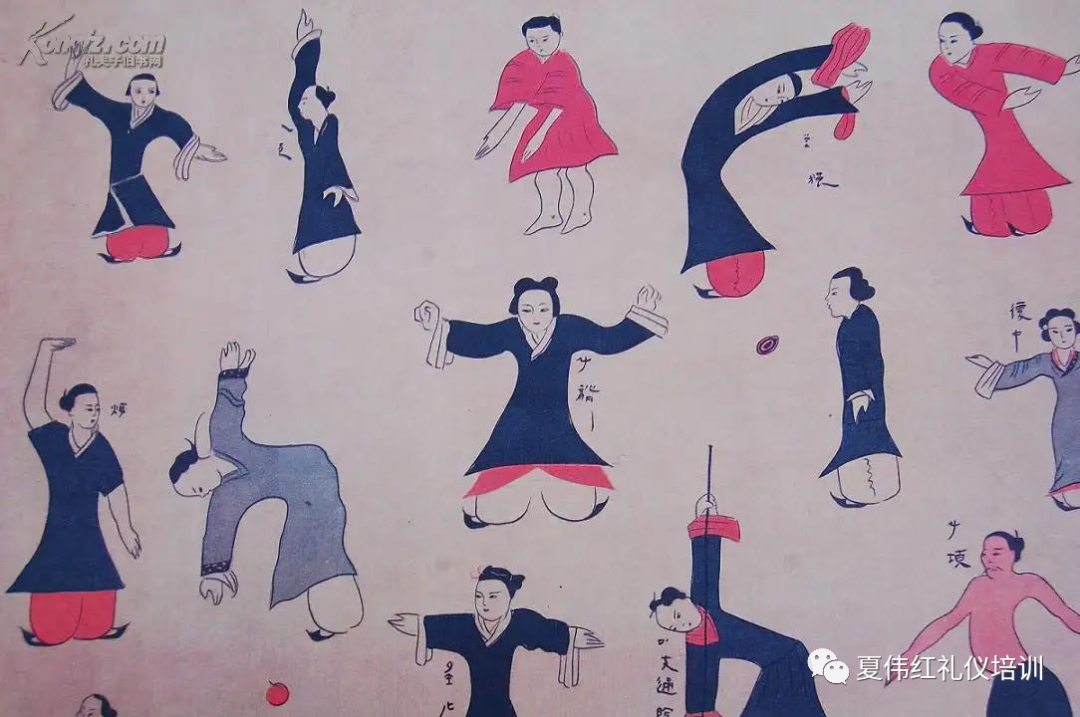
■ Text source: Xia Weihong Etiquette Training Studio and literature
■ Image source: Internet

Researching and understanding traditional etiquette culture,
is, I believe, an attitude,
and also a belief.

